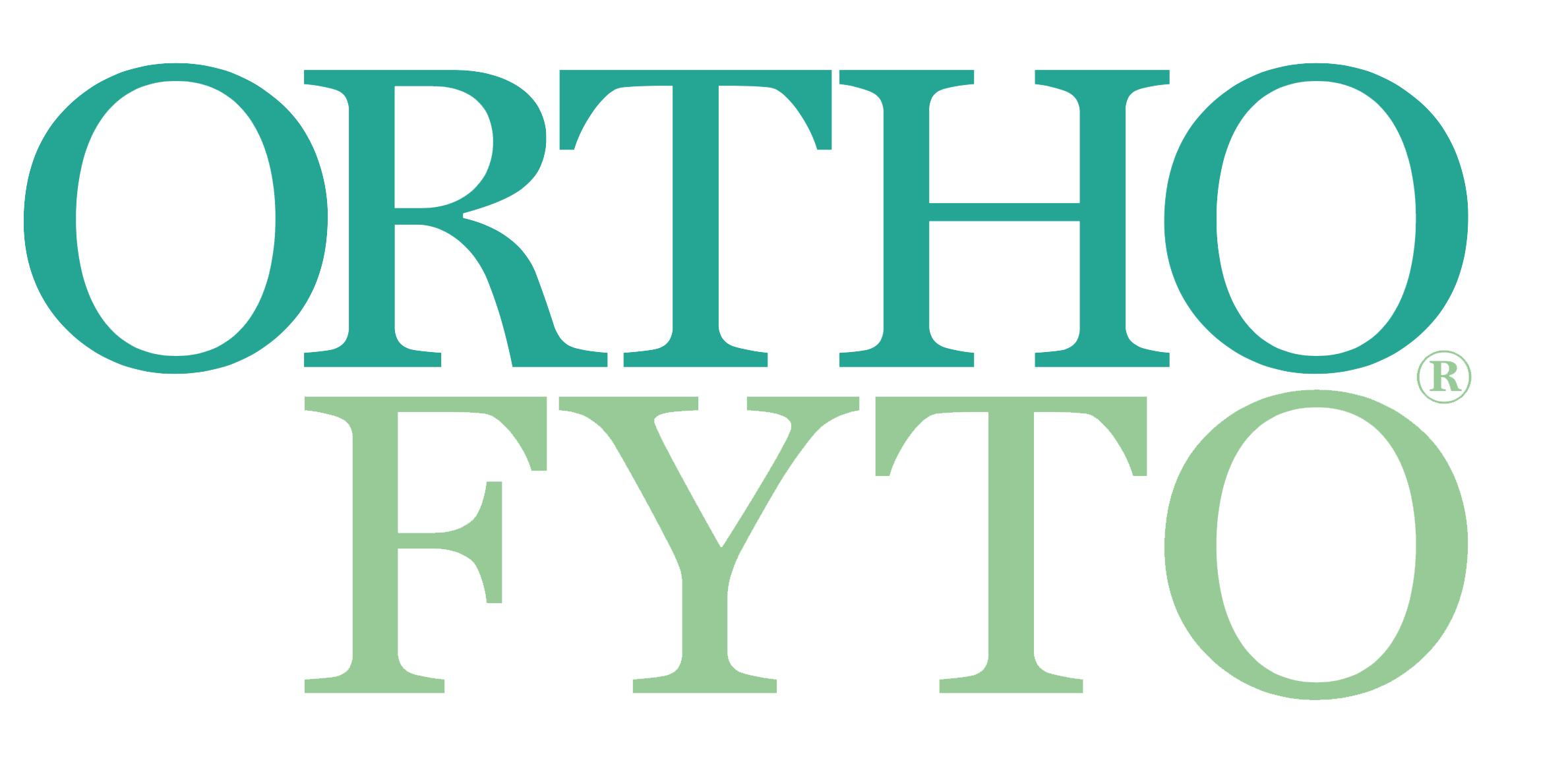Bupleurum falcatum
08 Oct, 2018
Door: Fred Blaauw
Bupleurum falcatum is primair een hepaticum, dat in combinatie met vele bekende lever- en galkruiden een synergetische werking blijkt te hebben. Het gebruikte deel is herba cum radix: het kruid en de wortel. Het helpt bijvoorbeeld om overbelasting en zwakte van de lever tegen te gaan, door eliminatie van uiteenlopende toxines, waaronder de mogelijke polyfenolenstapeling door overmatig gebruik van groene thee.1 De etherische olie van de plant wordt ook in de parfumindustrie gebruikt.
Bupleurum maakt onderdeel uit van veel combinatieformuleringen van Chinese kruiden. In China en Taiwan worden het kruid en de wortels al meer dan 2000 jaar succesvol gebruikt bij verschillende kwalen en ziekten. Zo wordt tegenwoordig het extract in een bijzondere Chinese kruidenformule toegepast voor de behandeling van trombocytopenische purpura, een bloedaandoening. In een Japanse kruidenformule wordt het ingezet voor de behandeling van verschillende chronische leverziekten zoals hepatitis (vooral hepatitis B en C). Bij een acute virale hepatitis verlopen het herstel, de terugkeer van de eetlust en de daling het gehalte alkalische fosfatasen (enzymen die onder andere wijzen op cholestase) sneller. Dat vergroot het regeneratieve vermogen van de lever, waardoor deze eerder herstelt van door uiteenlopende gifstoffen en autotoxinen opgelopen schade (detox).
Werkzame bestanddelen van bupleurum zijn esters en monoterpenen (α- en β-pineen, thymol en carvacrol) en triterpenoïde glycosiden (saikosaponinen). De verschillende saikosaponinen zijn volgens onderzoek effectieve medicinale stoffen met haemolytische en anti-inflammatoire eigenschappen.1 Ze beschermen de lever tegen toxiciteit, versterken de leverfuncties en stimuleren de leverontgifting (detox). De wortel is uiterst effectief bij hepatitis en andere chronische leverfunctiestoornissen. Daarnaast bevat deze geneeskrachtige plant pectine-achtige polysacchariden, het fytosterol α-spinasterol, bupleurumol, stigmasterol, adonitol en etherische olie.1
Bupleurum wordt pas sinds kort wetenschappelijk onderzocht. Bijna alle studies over de plant stammen uit de 21e eeuw. Een studie uit 2010 toont zelfs het nut ervan bij ruggenmergblessures aan.2 Veel (dier)studies uit de periode 2012-2018 bevestigen de medicinale werking op de lever. Daarbij onderzocht men diverse saikosaponinen. Ze verbeterden de eiwitsynthese van leucine in de lever, verlaagden cholesterolgehaltes en zorgden voor een verbeterde cholesterolkwaliteit. Naast deze modulerende metabole invloed zag men ook een ontstekingsremmende werking, met name door saikosaponine a en b.3 Een ander onderzoek bij ratten toonde aan dat met name saikosaponine d een opmerkelijk remmende invloed heeft op acuut leverletsel en levercirrose, ten gevolge van tetrachloorkoolstof-geïnduceerde schade. Daarbij constateerde men positieve morfologische veranderingen van hepatocyten, vermindering van infiltratie van inflammatiecellen en betere leverfuncties.4 Eenzelfde onderzoek, uitgevoerd met muizen, gaf overeenkomstige resultaten.5 Weer ander onderzoek toont aan dat bupleurum werkzaam is tegen een te snel werkende schildklier en een bewezen natuurlijk middel is tegen psychische stoornissen en geheugenklachten.1 De werking van bupleurum bij depressiviteit en angststoornissen is vergelijkbaar met het effect van fluoxetine en bupropion. Het werkingsmechanisme is nog niet goed onderzocht, maar men weet wel dat het ingrijpt op het serotonerge en noradrenerge systeem.6
www.hetfytocentrum.nl Lees het gehele artikel vanaf pagina 38 in OrthoFyto 5/18. Wilt u het hele artikel als PDF ontvangen? Bestel het dan hier voor € 3,50 Bronvermelding:- Basch, E. Foppa ,I. Giese,N., Goble,M. et al (2018). Bupleurum falcatum Natural Standard Research Collaboration. Geraadpleegd 10 augustus 2018
- Lee, J. Y., Kim, H. S., Oh, T. H., & Yune, T. Y. (2010). Ethanol Extract of Bupleurum falcatum Improves Functional Recovery by Inhibiting Matrix Metalloproteinases-2 and -9 Activation and Inflammation after Spinal Cord Injury. Experimental Neurobiology, 19(3), 146.
- Yamamoto, M., Kumagai, A., & Yamamura, Y. (1975). Structure and action of saikosaponins isolated from Bupleurum falcatum L. II. Metabolic actions of saikosaponins, especially a plasma cholesterol-lowering action. Arzneimittel-Forschung, 25(8), 1240–3.
- Abe, H., Sakaguchi, M., Odashima, S., & Arichi, S. (1982). Protective effect of saikosaponin-d isolated from Bupleurum falcatum L. on CCl4-induced liver injury in the rat. Naunyn-Schmiedeberg’s Archives of Pharmacology, 320(3), 266–271.
- Ushio, Y., & Abe, H. (1991). Effects of saikosaponin-d on the functions and morphology of macrophages. International Journal of Immunopharmacology, 13(5), 493–9. Retrieved from
- Kwon, S., Lee, B., Kim, M., Lee, H., Park, H.-J., & Hahm, D.-H. (2010). Antidepressant-like effect of the methanolic extract from Bupleurum falcatum in the tail suspension test. Progress in Neuro-Psychopharmacology and Biological Psychiatry, 34(2), 265–270.
- Matsumoto, T., & Yamada, H. (1996). The Pectic Polysaccharide from Bupleurum falcatum L. Enhances Clearance of Immune Complexes in Mice. Phytotherapy Research, 10(7), 585–588.
- Haranaka, K., Satomi, N., Sakurai, A., Haranaka, R., Okada, N., & Kobayashi, M. (1985). Antitumor activities and tumor necrosis factor producibility of traditional Chinese medicines and crude drugs. Cancer Immunology, Immunotherapy : CII, 20(1), 1–5.
- Kim, S.-M., Kim, S.-C., Chung, I.-K., Cheon, W.-H., & Ku, S.-K. (2012). Antioxidant and Protective Effects of Bupleurum falcatum on the L-Thyroxine-Induced Hyperthyroidism in Rats. Evidence-Based Complementary and Alternative Medicine, 2012, 1–12.
- Wang, R., Kong, J., Wang, D., Lien, L. L., & Lien, E. J. (2007). A survey of Chinese herbal ingredients with liver protection activities. Chinese Medicine, 2, 5.
- He, S.-X., He, S.-X., Ren, M.-D., Wang, Y.-L., Zhang, Y.-X., & Liu, E.-Q. (2011). Chemopreventive effect of saikosaponin-d on diethylinitrosamine-induced hepatocarcinogenesis: Involvement of CCAAT/enhancer binding protein and cyclooxygenase-2. Molecular Medicine Reports, 5(3), 637–644.
- Ahn, B.-Z., Yoon, Y.-D., Lee, Y., Kim, B.-H., & Sok, D.-E. (1998). Inhibitory Effect of Bupleuri Radix Saponins on Adhesion of Some Solid Tumor Cells and Relation to Hemolytic Action: Screening of 232 Herbal Drugs for Anti-Cell Adhesion. Planta Medica, 64(03), 220–224.
- Ling-Yun Gu1, Zheng Chen2, Jing Zhao3,- Bupleurum chinense extract in ovarian cancer 1342. (2015). JBUON 2015; 20(5): 1341-1349
- Park, K. H., Park, J., Koh, D., & Lim, Y. (2002). Effect of saikosaponin-A, a triterpenoid glycoside, isolated from Bupleurum falcatum on experimental allergic asthma. Phytotherapy Research : PTR, 16(4), 359–63.
